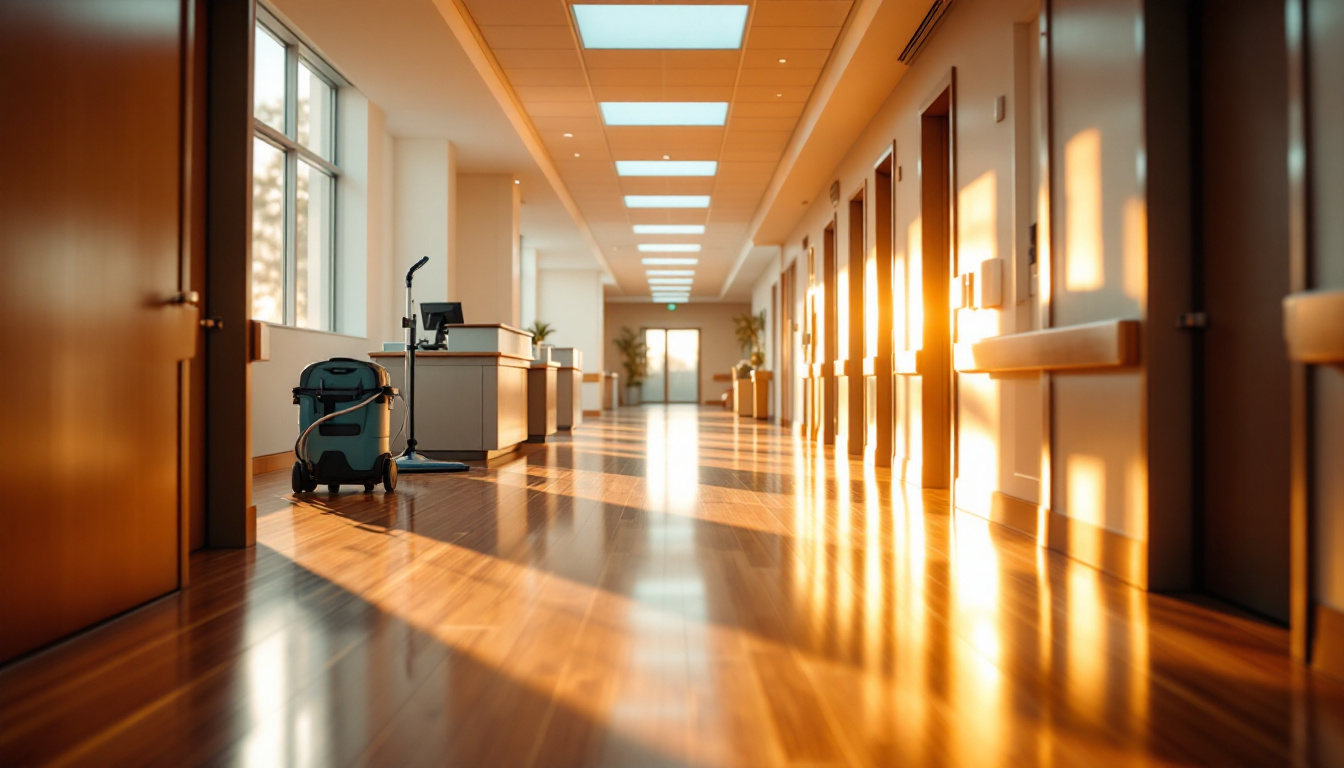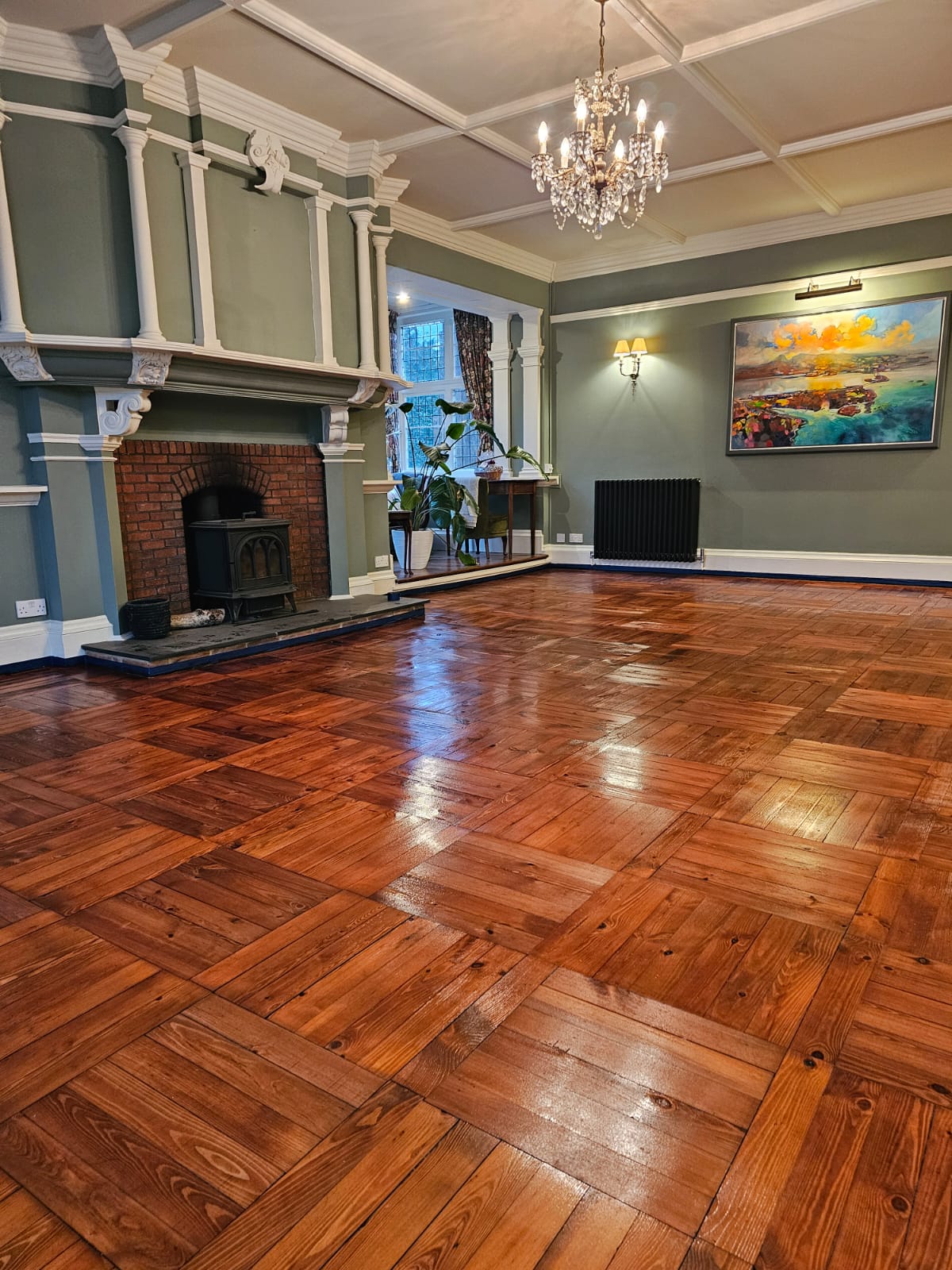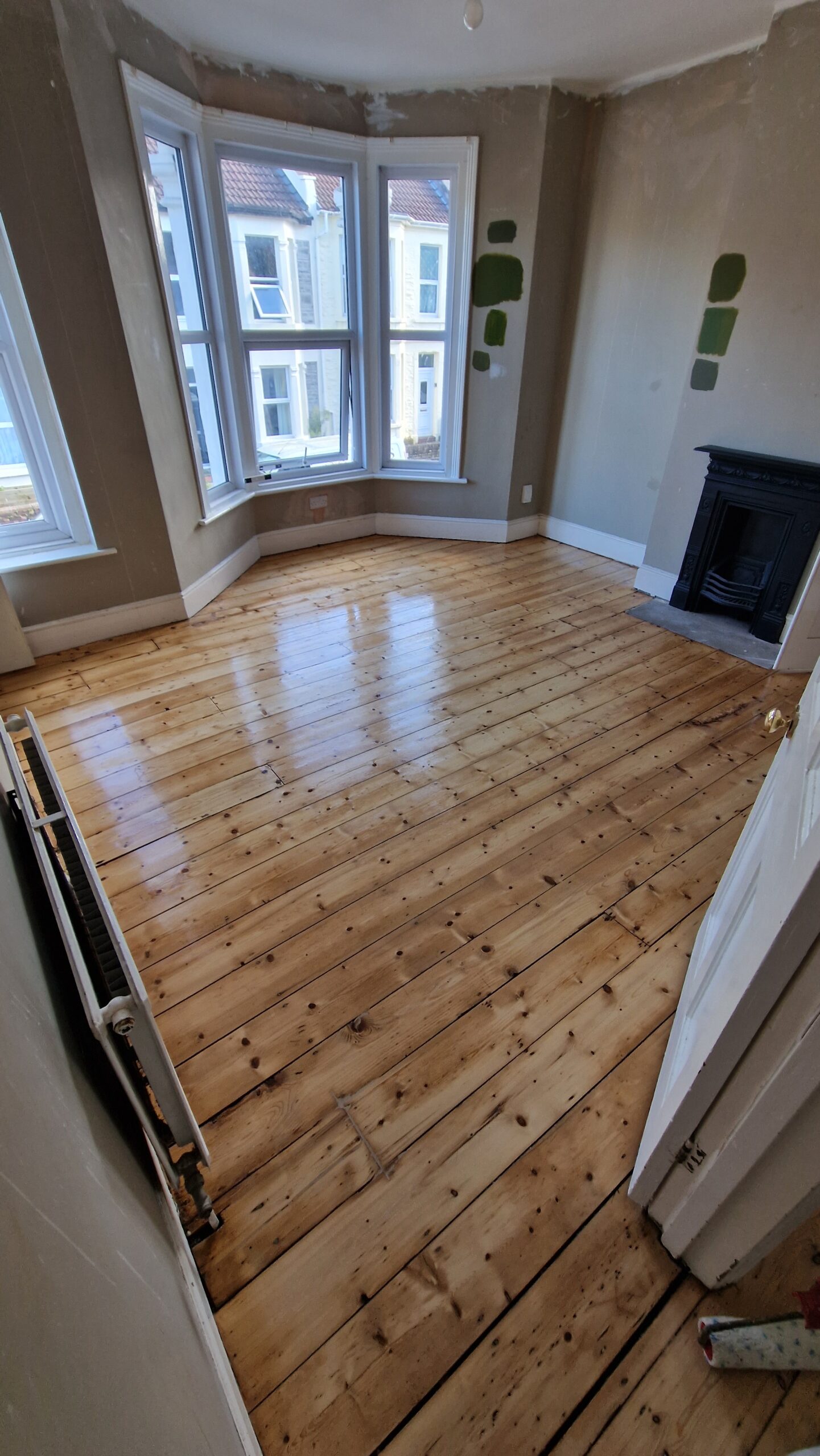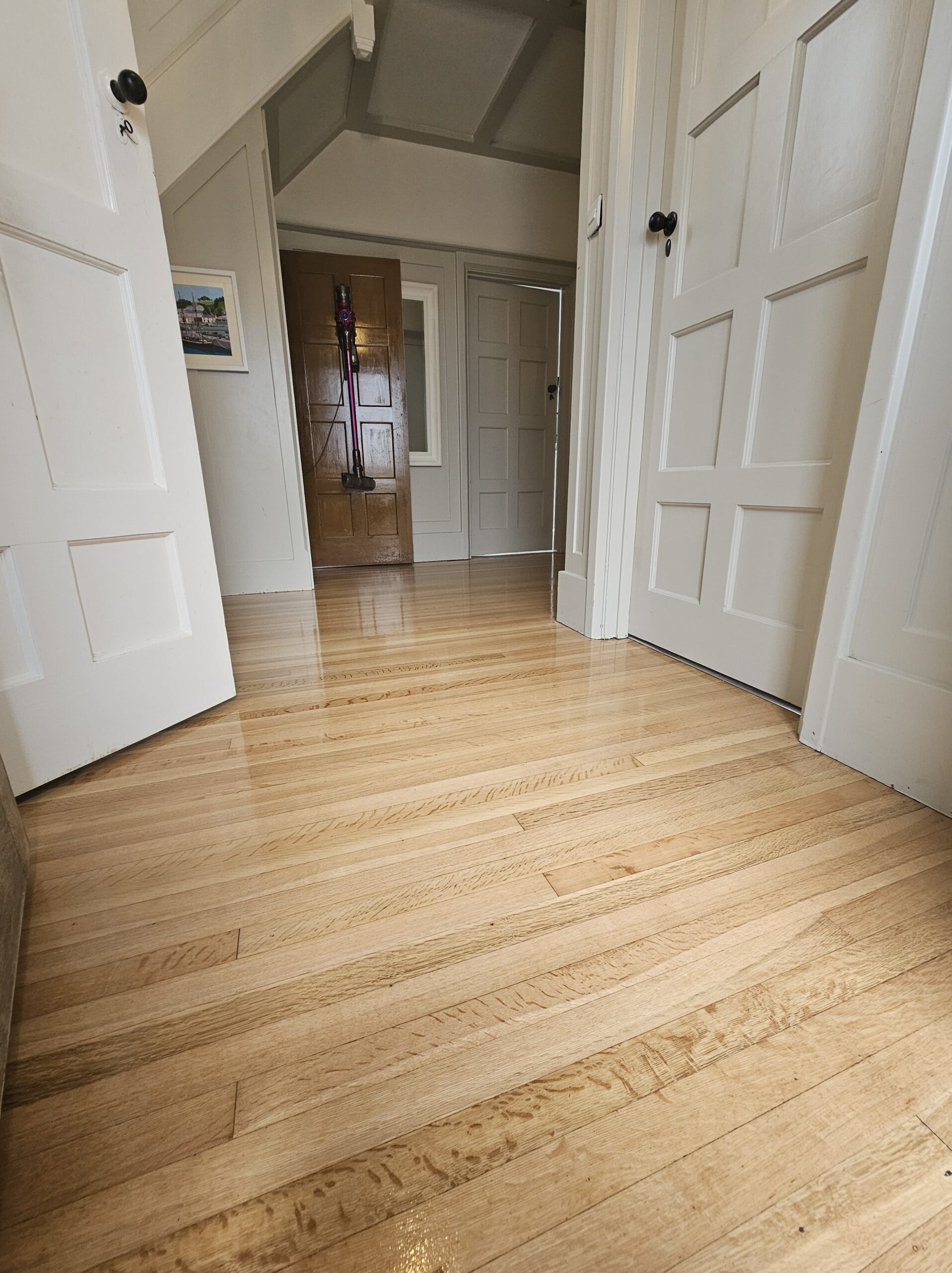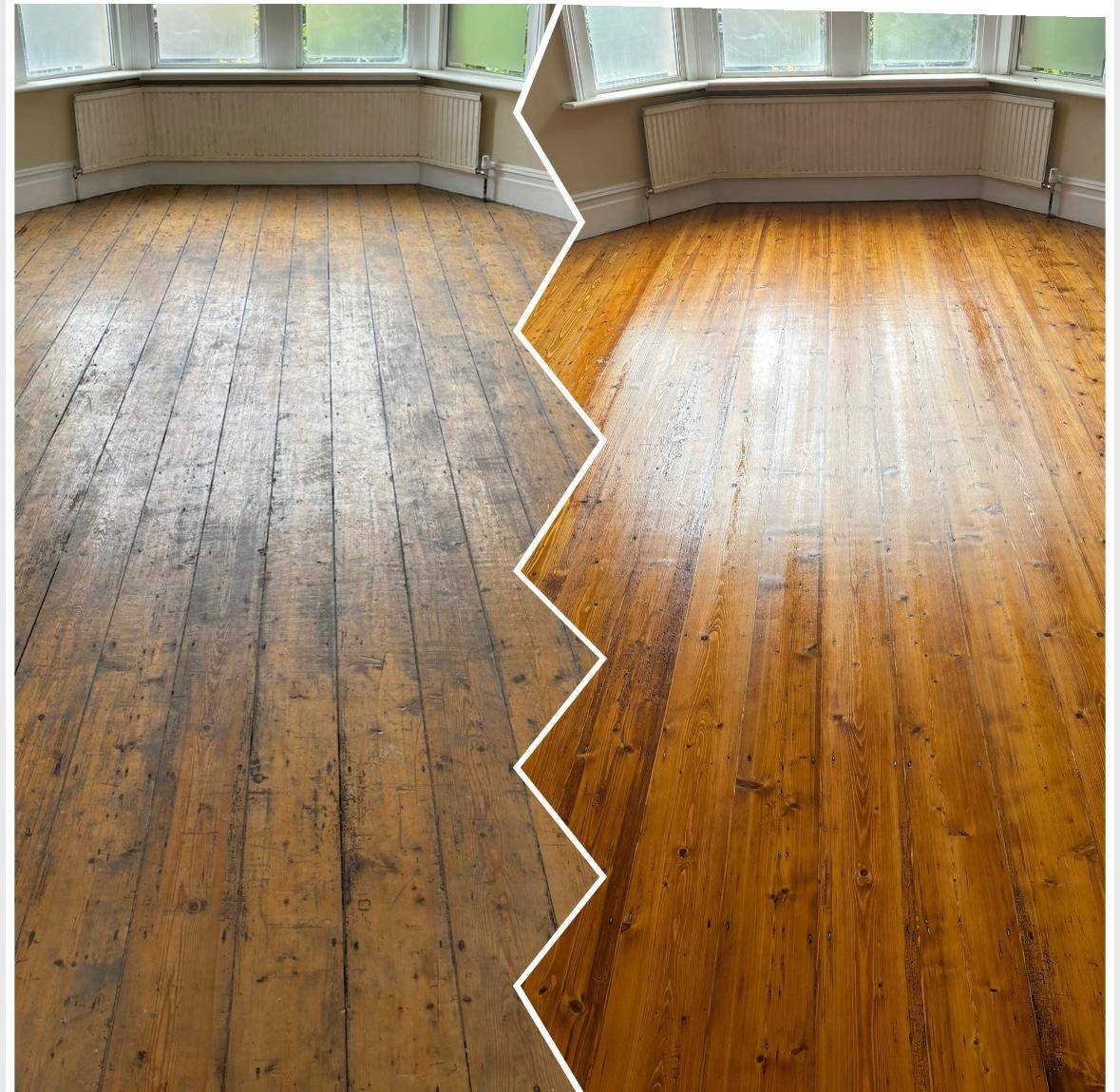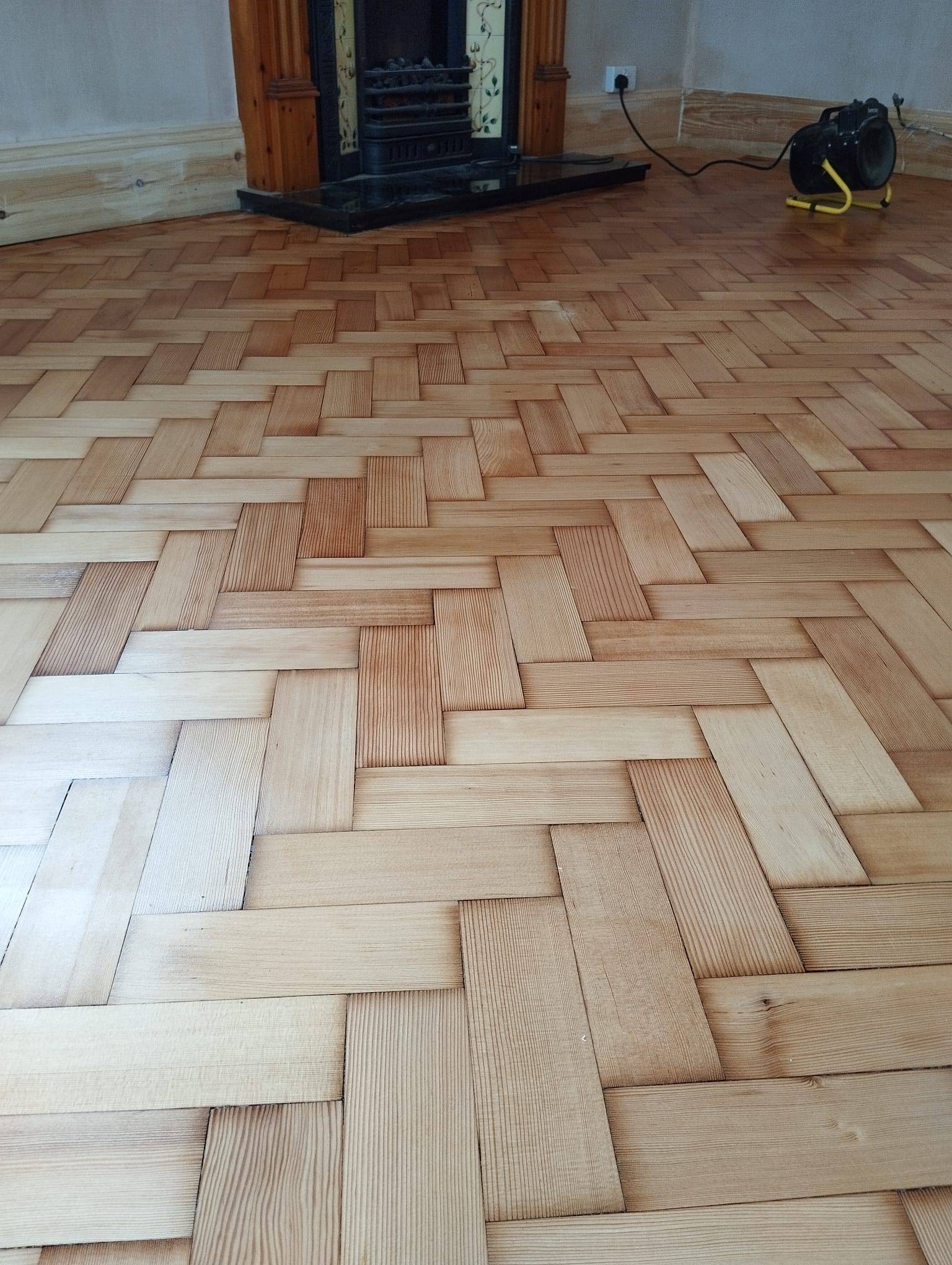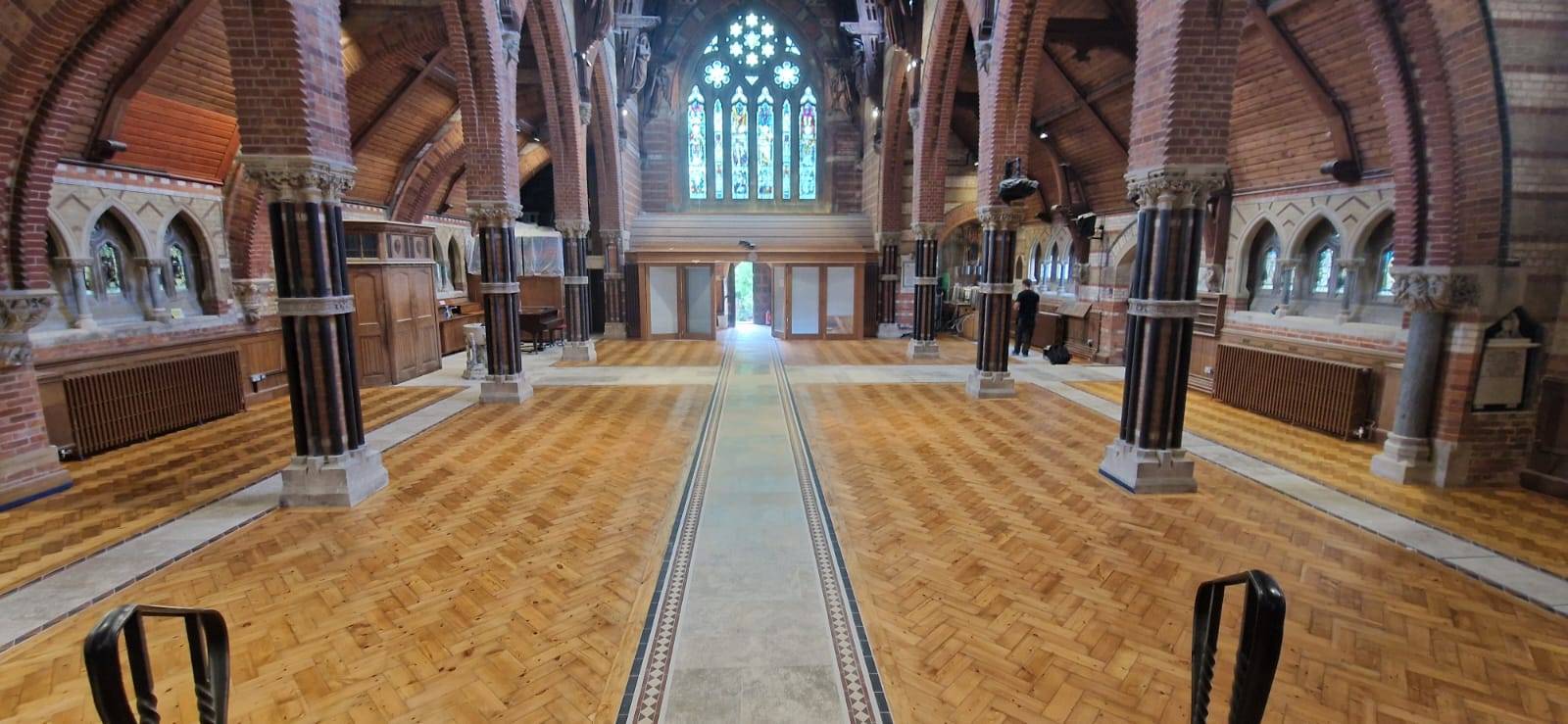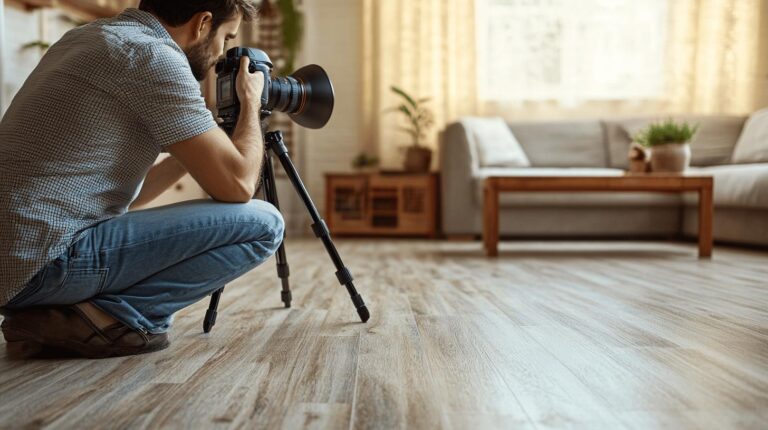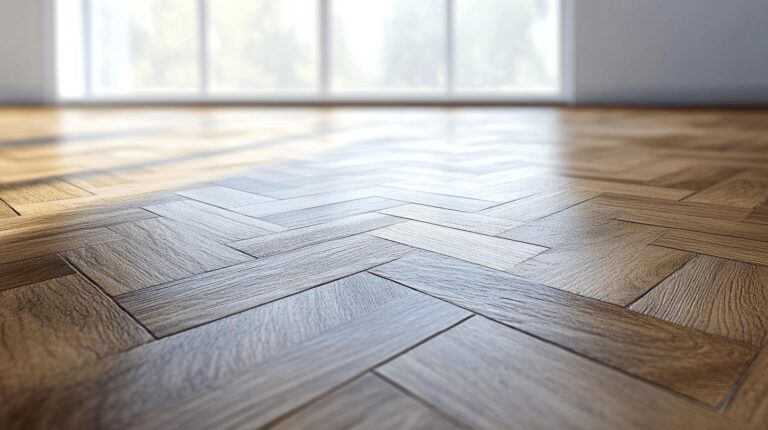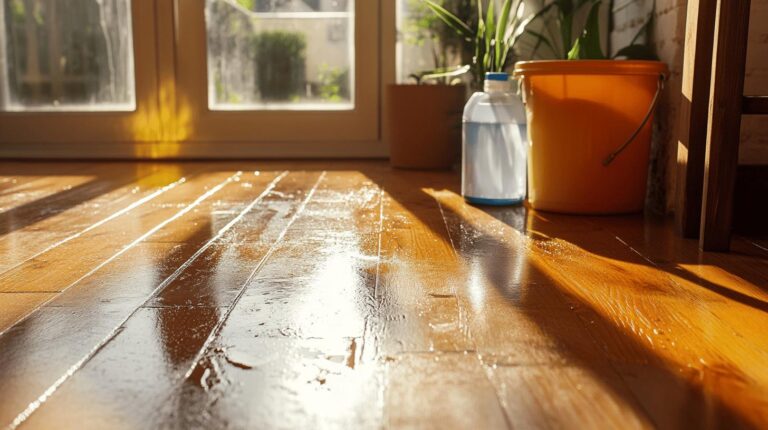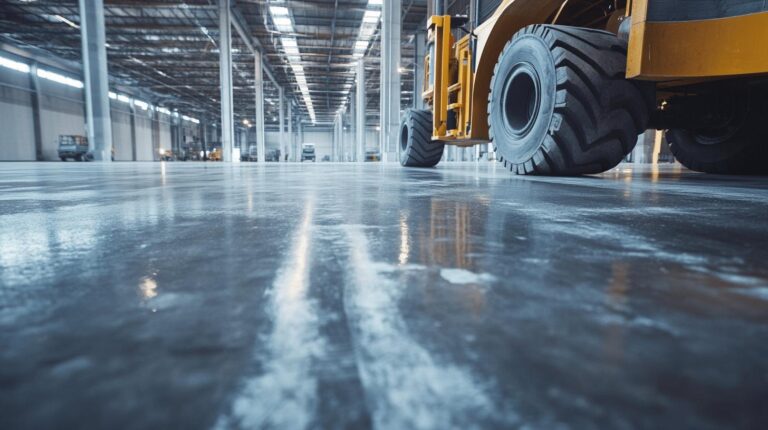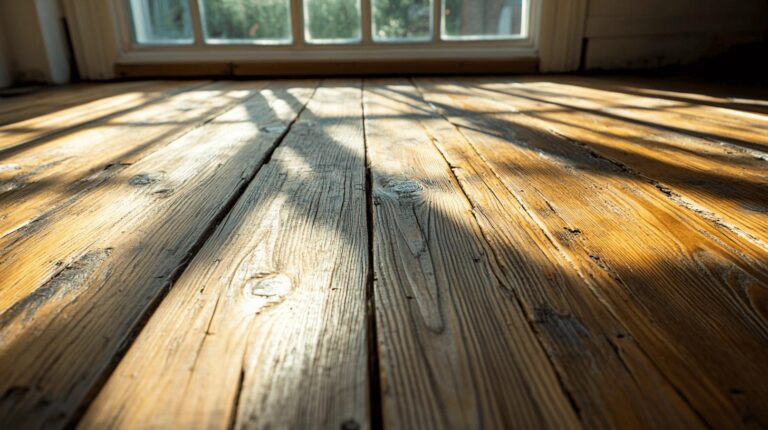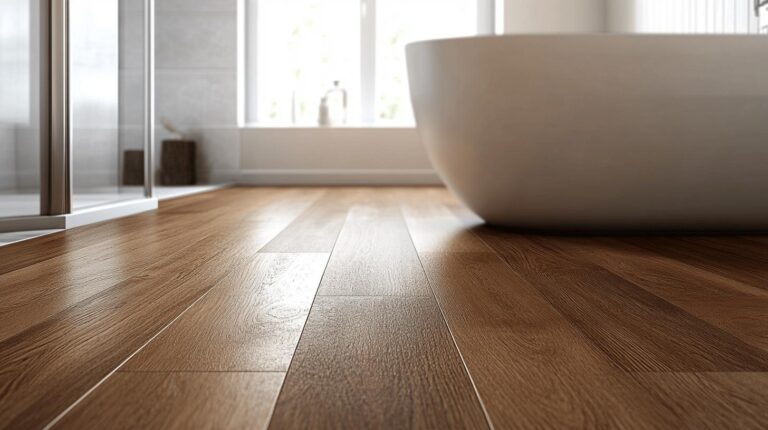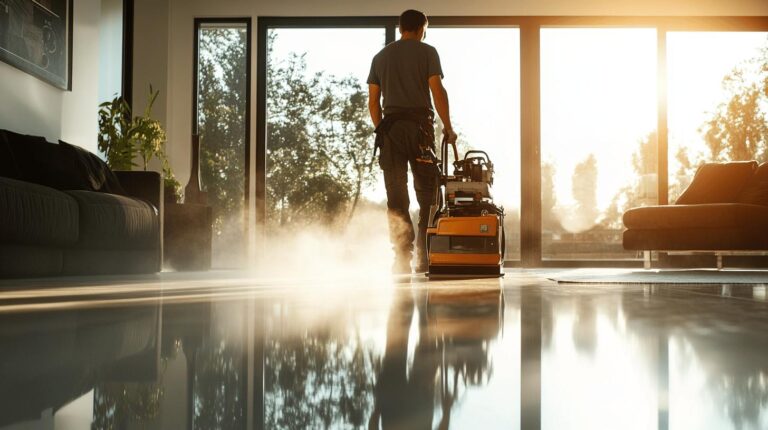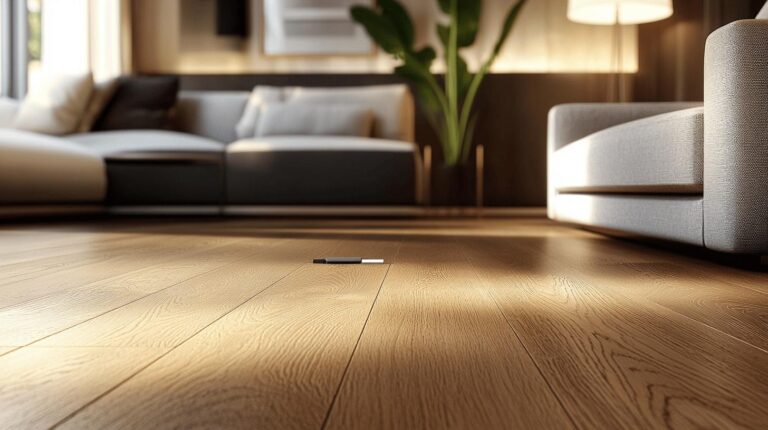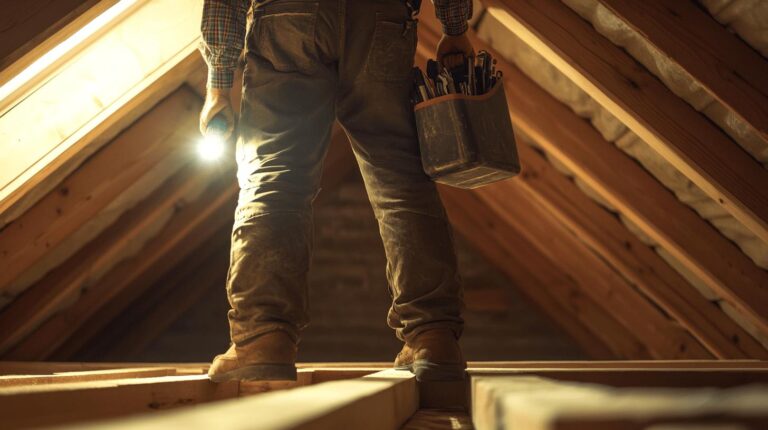In the hustle of healthcare settings, is your wood floor maintenance up to the mark? While often overlooked, wood floor maintenance plays a pivotal role in healthcare facilities, impacting both hygiene and patient satisfaction. Unkempt floors not only heighten infection risks but can also tarnish a facility’s reputation. Properly maintained floors are an integral part of infection control strategies, reducing the chance of cross-contamination and ensuring a hygienic environment for patients and staff alike. Explore how elevating your wood floor care standards can enhance healthcare outcomes and create safe, welcoming spaces.
Essential Maintenance Procedures for Wood Floors in Healthcare Facilities
Regular maintenance of wood floors in healthcare facilities is crucial for sustaining high hygiene standards and effective infection control. Wood floor maintenance for healthcare facilities is not merely about aesthetics but plays a significant role in minimising cross-contamination risks, thereby safeguarding patient and staff health. Due to the nature of healthcare environments, floors are subjected to intense traffic, necessitating consistent cleaning to eliminate dirt and pathogens. Unlike other flooring options, wood floors offer ease of cleaning, thereby facilitating a more manageable maintenance routine. Ensuring that these floors remain clean and well-preserved not only supports facility hygiene but also contributes to an overall safer environment, which is paramount in healthcare settings.
- Daily Dust Mopping: Use a microfibre dust mop to remove loose debris and dust, preventing accumulation that can lead to scratches.
- Weekly Damp Mopping: Employ a slightly damp mop with a pH-neutral cleaner specifically designed for wood floors to maintain cleanliness without damaging the wood.
- Quarterly Deep Cleaning: Conduct a thorough cleaning session using a professional-grade wood floor cleaner to remove stubborn grime and preserve the finish.
- Bi-Annual Wax Application: Apply a protective wax layer, such as Impero Elite Reviving Wax, to enhance the floor’s durability and reduce wear.
- Annual Inspection and Maintenance: Have a professional check for damage or wear and address any issues promptly to maintain the floor’s integrity.
Clean and well-maintained wood floors significantly influence patient satisfaction by creating an environment that feels safe and welcoming. The visual appeal of spotless, polished floors can enhance the perception of care quality, offering reassurance to patients and visitors about the facility’s commitment to high standards. By adhering to these maintenance procedures, healthcare settings can ensure their wood floors contribute positively to patient experiences and overall facility reputation.
Recommended Cleaning Techniques for Healthcare Wood Floors
Efficient cleaning techniques are indispensable in maintaining the hygiene and safety of wood floors in healthcare settings. One of the most effective methods is auto scrubbing, which utilises water, detergent, and brushes to thoroughly clean and sanitise floors, significantly reducing dirt and contaminants. Auto scrubbing is particularly suitable for high-traffic areas common in healthcare facilities, as it streamlines the cleaning process, ensuring floors are consistently maintained to high standards. Moreover, this method minimises manual labour, allowing healthcare staff to focus on patient care. The use of a spray mop with a specially formulated cleaner is also recommended to maintain the wood’s finish and hygiene, providing a quick and efficient solution for routine cleaning.
- Microfibre Dust Mop
- Spray Mop with Specially Formulated Cleaner
- Autoscrubber
Incorporating a daily cleaning routine is crucial for maintaining wood floors in healthcare environments. Start by using a microfibre dust mop to remove dust, crumbs, and litter from the floor, preventing potential scratches. Follow up with a lightly dampened mop to capture finer particles and provide an additional layer of cleanliness. This routine not only preserves the floor’s appearance but also contributes to a healthier environment, reducing the risk of cross-contamination and ensuring a safe space for both patients and staff. By adhering to these cleaning techniques, healthcare facilities can uphold their commitment to high standards of care and hygiene.
Protective Strategies Against Wear and Damage
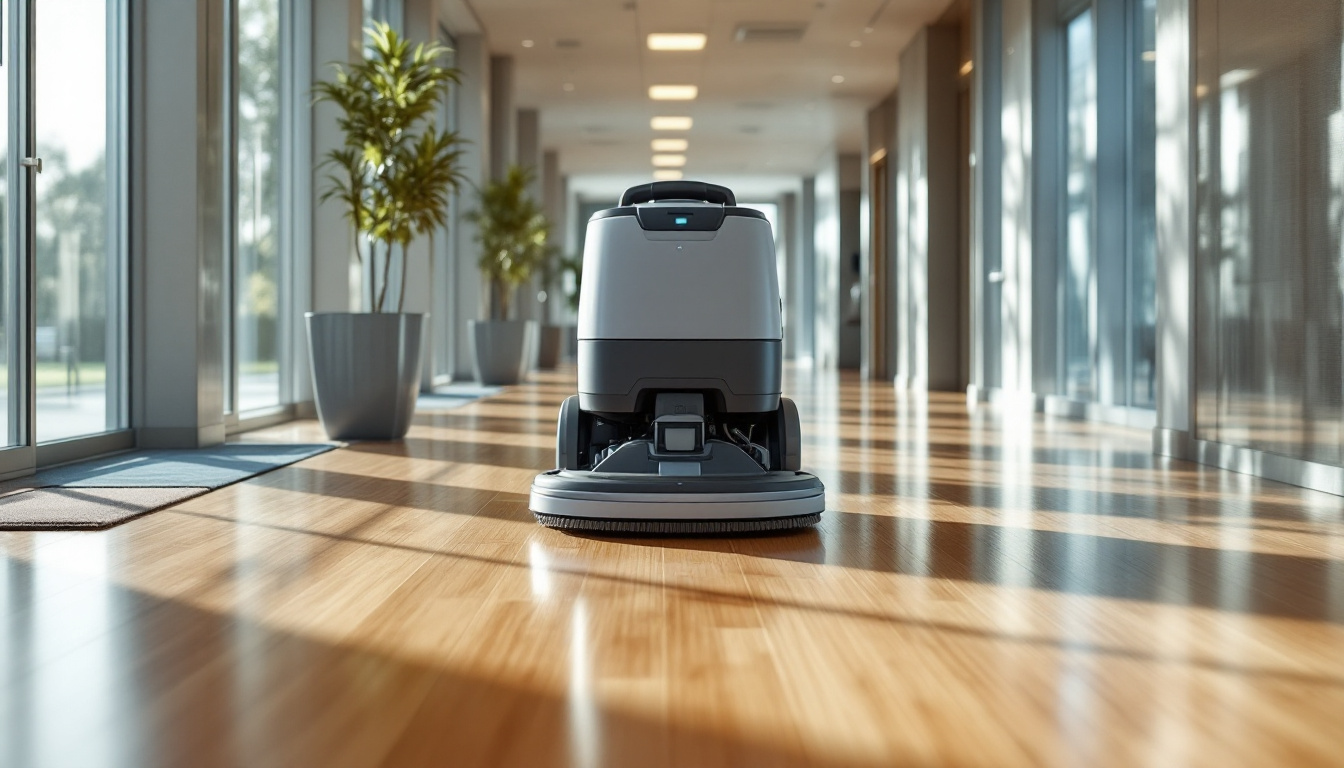
Implementing protective strategies is essential for maintaining the longevity and appearance of wood floors in healthcare facilities. These environments experience high foot traffic and the movement of equipment, which can lead to significant wear and tear. By adopting effective surface protection measures, facilities can minimise the risk of scratches and scuffs, thereby preserving the floors’ aesthetic and functional qualities.
A key approach to damage prevention involves the use of specialised products designed to enhance the durability of wood flooring. Applying Impero Elite Reviving Wax is an effective strategy to protect against wear and diminish the appearance of scratches. This wax forms a protective barrier that absorbs the impact of everyday traffic, reducing surface damage. Additionally, regular maintenance coats of oil are recommended to replenish the floor’s finish and maintain its natural beauty. These coats not only revive the wood’s appearance but also add a layer of protection against moisture and other environmental factors that could lead to deterioration.
Durable materials should be considered as part of the overall strategy to protect wood floors. Opting for high-quality, resilient wood types during installation can significantly enhance the floor’s ability to withstand the demands of a healthcare setting. Durable materials, combined with regular maintenance and protective applications, contribute to the floor’s long-term performance and visual appeal. This approach not only ensures the floor remains in excellent condition but also supports the facility’s commitment to providing a clean and welcoming environment.
Compliance with Health and Safety Standards in Floor Maintenance
Adhering to health and safety standards in floor maintenance is crucial for the well-being of patients in healthcare facilities. Clean and well-maintained floors have a direct impact on patient’s psychological well-being, as they contribute to a calming environment that reassures patients of the facility’s commitment to high care standards. Proper maintenance is also vital for infection control, reducing the risk of cross-contamination and ensuring a safer environment for both patients and staff. By prioritising compliance with healthcare standards, facilities can enhance their reputation and the overall patient experience, demonstrating a commitment to excellence and safety.
Professional services like Ryan’s Restoration play a pivotal role in helping healthcare facilities meet these rigorous standards. Their expertise ensures that floor maintenance is conducted in accordance with healthcare regulations, aligning with the best practices for cleanliness and safety. These services provide specialised knowledge and tools that are essential for maintaining the integrity and hygiene of wood floors, thereby supporting the facility’s efforts to comply with health and safety requirements.
- Regular floor inspections for damage and wear
- Use of certified, non-toxic cleaning products
- Implementation of infection control protocols
- Adherence to hygiene and sanitisation guidelines
Failure to comply with health and safety standards can have severe implications for healthcare facilities. Non-compliance not only increases the risk of infection and contamination but can also lead to legal repercussions and damage to the facility’s reputation. Ensuring that floor maintenance aligns with established standards is essential for safeguarding patient health and maintaining trust in the healthcare system. By prioritising compliance, facilities can avoid potential pitfalls and uphold their commitment to providing a safe and welcoming environment for all.
Creating a Maintenance Schedule for Optimal Floor Longevity
A structured maintenance schedule is essential for ensuring the longevity and pristine condition of wood floors in healthcare facilities. Regular maintenance not only preserves the aesthetic appeal of the flooring but also plays a critical role in maintaining hygiene and safety standards. By implementing a schedule that incorporates weekly, monthly, and bi-annual tasks, facilities can systematically address the wear and tear that comes with high foot traffic and the movement of medical equipment. This proactive approach helps in identifying issues early, allowing for timely interventions that prevent long-term damage. Additionally, using a maintenance checklist ensures that all necessary tasks are completed consistently, thereby supporting the overall health and functionality of the flooring.
- Weekly Dust and Damp Mop: Remove dust and surface dirt using a microfibre mop and a pH-neutral cleaner.
- Monthly Deep Clean: Utilise a professional-grade wood floor cleaner to tackle embedded grime and refresh the floor’s finish.
- Bi-Annual Wax Application: Apply a protective wax layer to enhance durability and maintain a polished appearance.
- Annual Professional Inspection: Have a certified professional assess the floor for any damage and perform necessary repairs.
- Routine Equipment Check: Ensure cleaning equipment is in excellent condition to avoid accidental floor damage.
Adhering to a structured maintenance schedule offers numerous benefits for the long-term health of wood flooring in healthcare settings. It allows facilities to manage routine care efficiently, reducing the likelihood of unexpected repairs and associated costs. Moreover, consistent maintenance contributes to a safer and more hygienic environment, which is essential for patient and staff well-being. By following a detailed maintenance plan, healthcare facilities can ensure their wood floors remain in optimal condition, enhancing both the aesthetic and functional aspects of their environments.
Final Words
Mastering wood floor maintenance for healthcare facilities ensures both hygiene and patient satisfaction. Implementing regular cleaning regimens and tailored sanitisation techniques significantly reduces cross-contamination risks. Strategic protective measures further extend floor life, minimising wear and damage.
Compliance with health and safety standards not only safeguards patient well-being but also demonstrates a commitment to top-tier care. Lastly, a structured maintenance schedule preserves the floors’ condition and enhances the facility’s environment. These practices, when consistently applied, contribute to a cleaner, more inviting, and compliant healthcare facility.
FAQ
What maintenance do hardwood floors need?
Regular maintenance of hardwood floors includes cleaning with a soft brush or vacuum, avoiding excess water, and periodically applying a protective finish. This helps maintain their appearance and extends their lifespan.
What is the best flooring for healthcare facilities?
Hardwood floors are suitable for healthcare facilities when maintained correctly, as they offer a clean and durable surface. However, other options like vinyl and laminate may be preferred for their resilience to constant cleaning.
What is the recommended maintenance method for unsealed wood floors?
Unsealed wood floors require gentle cleaning with a damp mop and specialised wood cleaners. Regular dusting and occasional buffing with a protective wax finish are also recommended to maintain their condition.
How do you rehab a wood floor?
To rehab a wood floor, begin by sanding to remove the old finish, followed by cleaning to eliminate dust. Apply a new finish or stain to enhance durability and appearance, and allow it to cure thoroughly.
